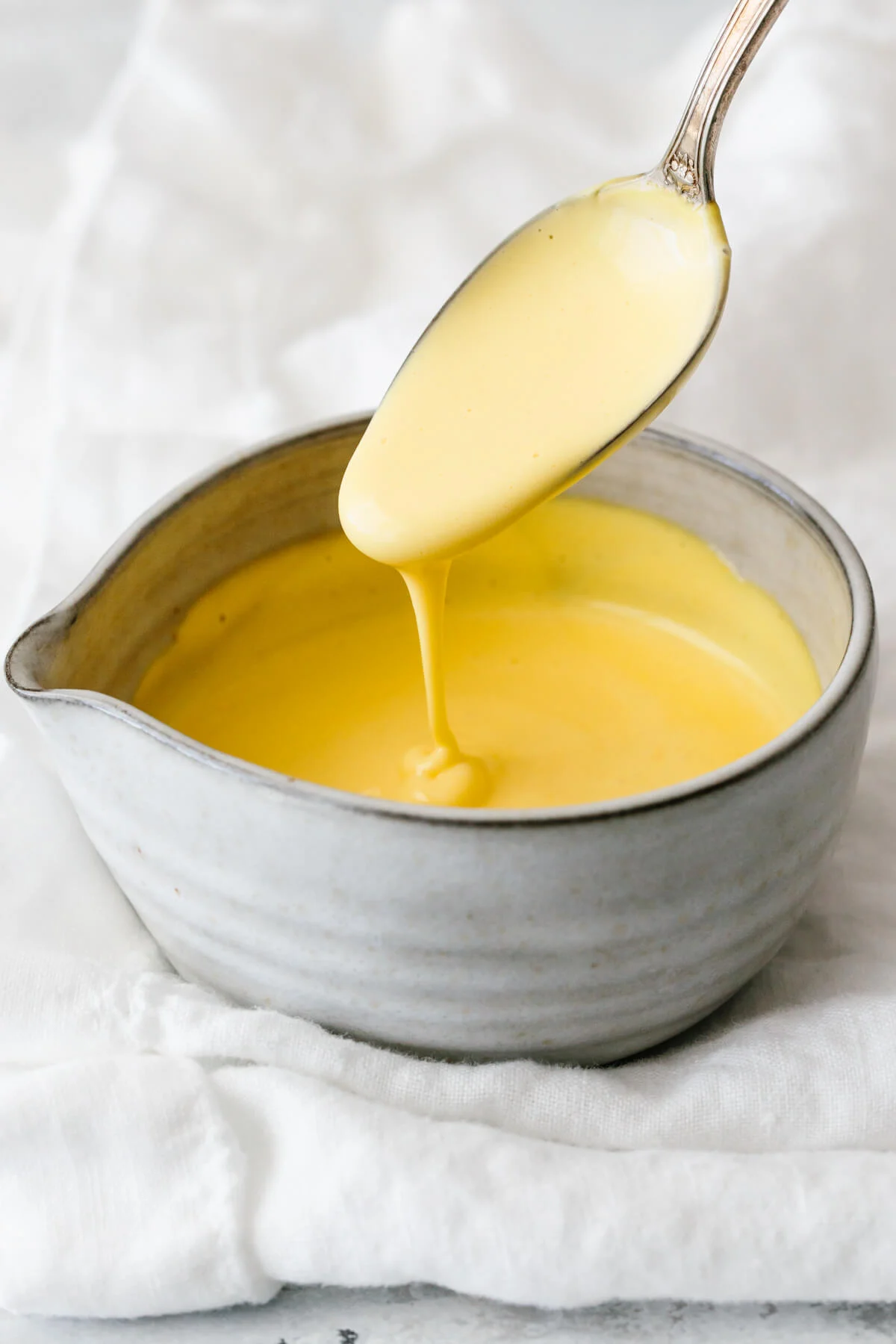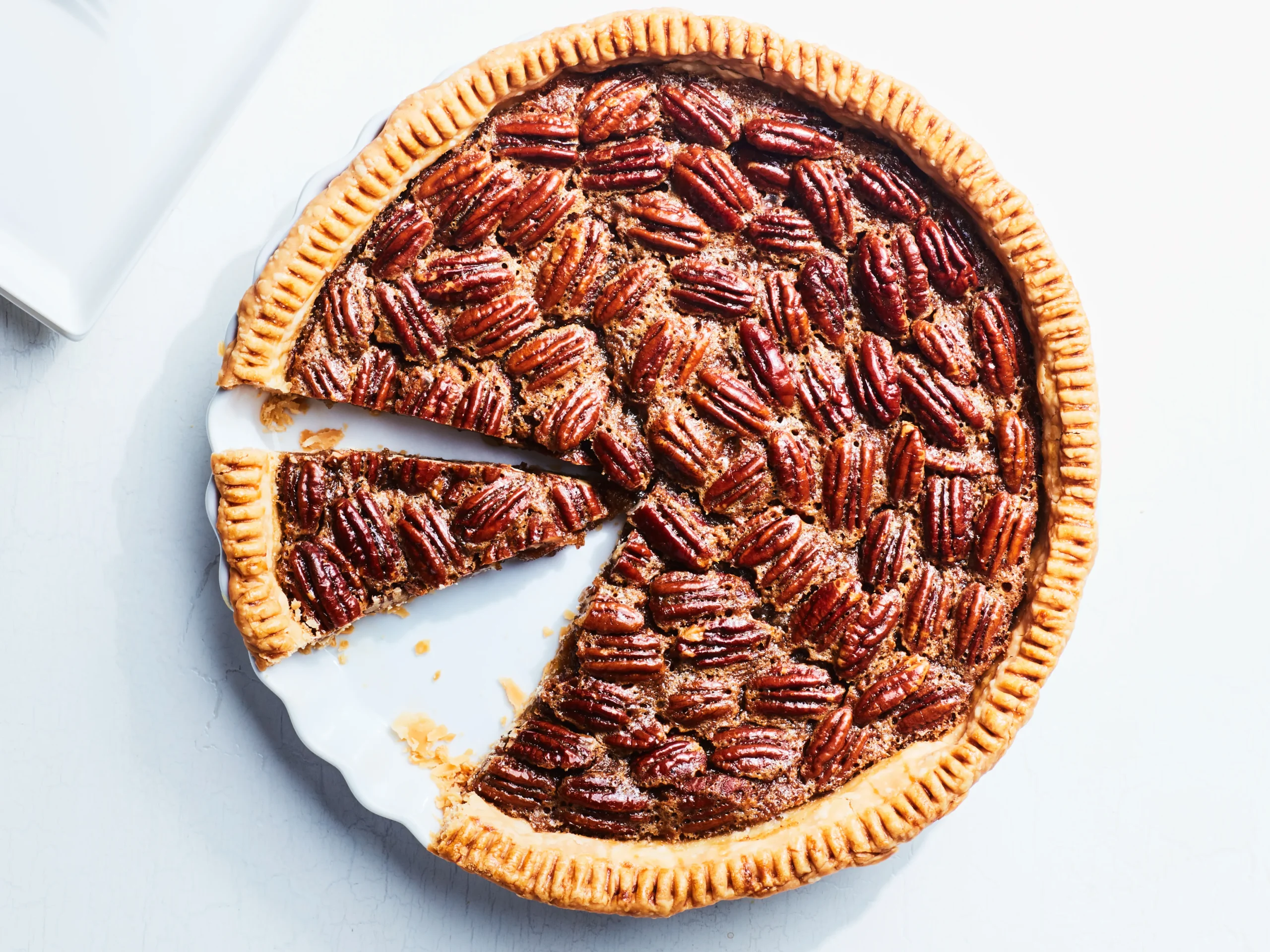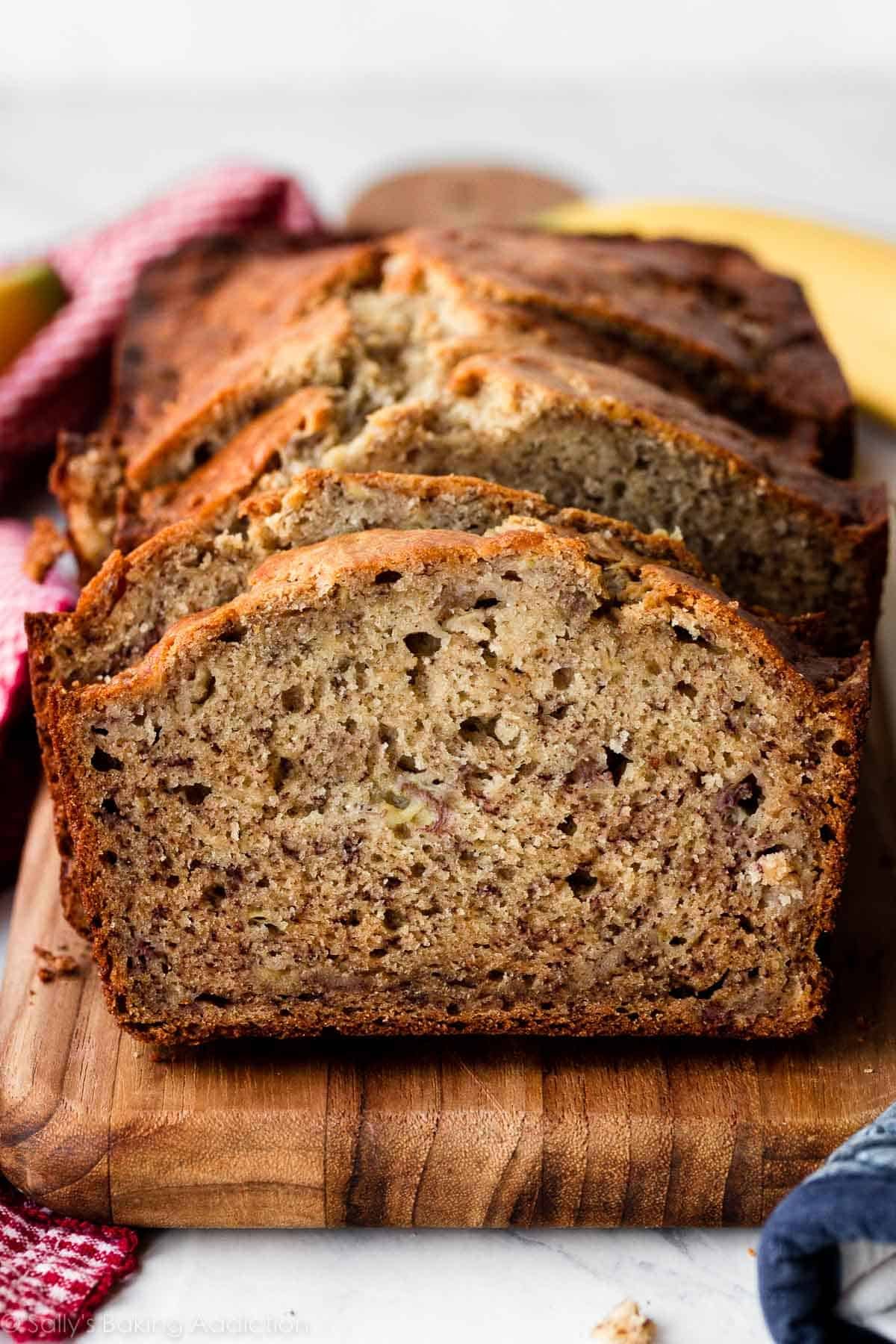Introduction:
In the realm of classical French cuisine, few sauces boast the finesse and velvety richness of Hollandaise. With its origins rooted in the grand tradition of haute cuisine, this luscious and decadent emulsion has become a hallmark of culinary excellence. Join us on a journey through the history, ingredients, meticulous preparation, and versatile applications that make Hollandaise sauce a timeless masterpiece in the world of gastronomy.
History and Origins:
Hollandaise sauce finds its genesis in the culinary legacy of France, particularly within the refined confines of French haute cuisine. While the exact origins remain a subject of debate among culinary historians, the sauce gained prominence in the 17th century. Some accounts suggest that it may have been inspired by a Dutch sauce known as “Sauce Isigny,” which eventually evolved into the velvety concoction we now recognize as Hollandaise.
The sauce’s association with the Netherlands is not merely coincidental. The term “Hollandaise” pays homage to the Dutch butter that plays a pivotal role in its composition. Over the centuries, this classic sauce has transcended its European roots, finding a place in kitchens worldwide and becoming a staple in the culinary repertoire.
Key Ingredients:
Hollandaise sauce achieves its unparalleled richness and flavor through a delicate balance of a few simple yet essential ingredients:
- Egg Yolks:
- The foundation of Hollandaise, egg yolks provide the emulsifying agent necessary to create a smooth and creamy texture.
- Butter:
- High-quality unsalted butter, preferably of European origin, is crucial for the sauce’s richness and distinctive flavor. The butter is melted and clarified to remove milk solids, ensuring a silky-smooth consistency.
- Lemon Juice or White Wine Vinegar:
- A touch of acidity, typically from freshly squeezed lemon juice or white wine vinegar, brightens the sauce and balances its richness.
- Cayenne Pepper or White Pepper:
- A subtle hint of heat from cayenne pepper or white pepper adds depth to the sauce without overwhelming the palate.
- Salt:
- A judicious amount of salt enhances the overall flavor profile, bringing out the nuances of the other ingredients.
Meticulous Preparation:
Crafting the perfect Hollandaise sauce demands precision, attention to detail, and a mastery of the delicate art of emulsification. The following steps outline the traditional preparation method:
- Clarifying the Butter:
- Melt the unsalted butter gently, allowing the milk solids to separate. Skim off the foam and discard the solids, leaving behind the clarified butter.
- Creating the Egg Yolk Base:
- In a heatproof bowl, whisk together the egg yolks and a splash of water. Place the bowl over a double boiler or a pot of simmering water, ensuring that the bottom of the bowl does not touch the water.
- Emulsification:
- Whisk the egg yolks vigorously, gradually incorporating the clarified butter in a slow, steady stream. The key is to achieve a cohesive emulsion, resulting in a velvety and stable sauce.
- Seasoning:
- Once the desired consistency is reached, add a squeeze of fresh lemon juice or a splash of white wine vinegar to provide acidity. Season with cayenne pepper or white pepper and salt to taste.
- Straining (Optional):
- For an extra-smooth texture, the sauce can be passed through a fine-mesh sieve to remove any potential bits of coagulated egg.
Versatile Applications:
Hollandaise sauce’s versatility extends far beyond its traditional pairing with Eggs Benedict. While it is a quintessential component of the classic brunch dish, the sauce serves as a luxurious accompaniment to a wide array of culinary creations:
- Eggs Benedict:
- The classic combination of poached eggs, Canadian bacon, and English muffins, all draped in a generous blanket of Hollandaise sauce, has become a brunch staple celebrated for its indulgent flavors and textures.
- Asparagus with Hollandaise:
- Steamed or blanched asparagus spears take on a new level of sophistication when drizzled with warm Hollandaise sauce. The bright acidity of the sauce complements the earthy freshness of the asparagus.
- Salmon and Hollandaise:
- Poached or grilled salmon becomes a culinary masterpiece when adorned with a velvety coat of Hollandaise. The richness of the sauce complements the robust flavors of the salmon, creating a harmonious union of textures and tastes.
- Vegetables and Eggs:
- Hollandaise elevates a medley of vegetables, from broccoli to Brussels sprouts, and turns a simple plate of sautéed greens and poached eggs into a gourmet delight.
- Steak Béarnaise:
- A close cousin to Hollandaise, Béarnaise sauce incorporates additional herbs such as tarragon, making it an ideal companion to a perfectly grilled steak.
Culinary Artistry and Innovation:
Hollandaise sauce, with its velvety texture and rich flavor profile, has become a canvas for culinary creativity and innovation. Chefs around the world have embraced the challenge of reinventing this classic sauce, introducing variations that reflect regional influences and contemporary tastes.
- Hollandaise Variations:
- Creative reinterpretations of Hollandaise include infusing the sauce with additional flavors such as saffron, truffle oil, or even a hint of Dijon mustard. These variations add layers of complexity, transforming the sauce into a dynamic component of modern culinary expression.
- Plant-Based Hollandaise:
- In response to the growing demand for plant-based options, chefs have developed vegan versions of Hollandaise using ingredients like silken tofu or cashews. These plant-based alternatives capture the essence of the original, offering a luxurious experience to those with dietary restrictions.
- Global Fusion:
- Embracing the spirit of fusion cuisine, chefs have incorporated Hollandaise into dishes that span the culinary spectrum. From sushi rolls to tacos, the adaptability of this sauce knows no bounds, making it a star ingredient in global gastronomic exploration.
Conclusion:
In the grand tapestry of culinary arts, Hollandaise sauce stands as a testament to the time-honored traditions of French cuisine while embracing the spirit of innovation. Its luxurious texture, nuanced flavors, and versatile applications make it a cornerstone of both classic and contemporary gastronomy. Whether draped over poached eggs, cradling steamed asparagus, or lending its richness to a perfectly grilled steak, Hollandaise sauce continues to captivate the palates of discerning food enthusiasts, securing its place as a culinary masterpiece for generations to come.




